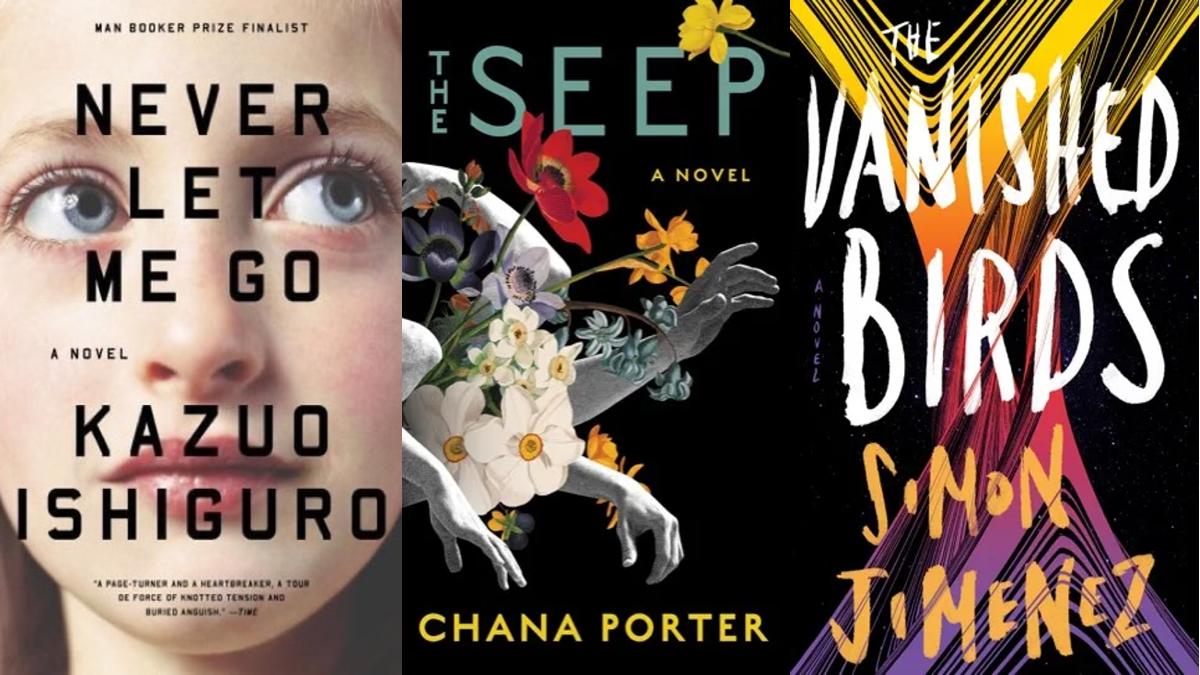
The Three Body Problem? Not my problem. Dune? Dust in the wind. The Hyperion Cantos? I couldn’t be bothered on a good day. I don’t have time to deal with a series of sci-fi tomes thicker than quantum physics textbooks. I’m too busy spending my time in unscientific ways. Eating yogurt. Drawing on walls. Staring up at the moon and wondering if it’s made of gruyere or brie. When it comes to intelligent contemplation of big ideas, there are only so many hours in the day, and mine are occupied by the opposite. That’s why when I read sci-fi, I expect it to stand on its own two feet and not require a massive commitment. I need the 10 best standalone sci-fi books, and these authors have delivered.
This Is How You Lose The Time War

When I’m contemplating the mystery of love in an equally mysterious universe, I don’t have the energy to do it over 10 novels. My heart can barely take one. Lucky for my heart, that “one” comes in the form of This Is How You Lose The Time War by Amal El-Mohtar and Max Gladstone. It’s the story of Red and Blue, two time traveling agents from opposite ends of the future, each attempting to win a time war for their respective faction by diving into the past. As the pair thwart each other’s best laid plans, they slowly realize that they want to lay each other in the process. They begin a casual, epistolary correspondence that soon begins to burn with the passionate fire of a quasar in a galaxy’s core. Tender. Juicy. Existentially Tragic. It’s how I like my steaks and my novels alike.
The Martian
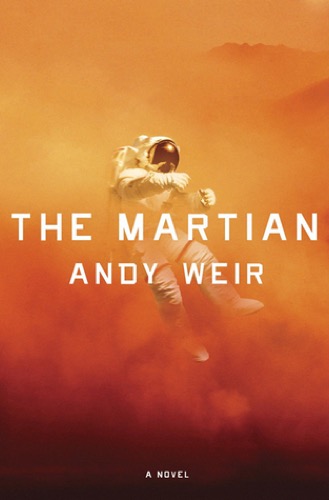
The Martian by Andy Weir is the story of Matt Damon on Mars, sort of. Before Hollywood made a go of it with the guy from Good Will Hunting, The Martian was a standalone sci-fi novel about a man marooned on the Red Planet, with very little time on his hands. Like me, he didn’t have the luxury of being able to sit around and read through the Dune series cover to cover, he was too busy trying to survive after his astronaut crew-mates left him for dead in a dust storm. Now he’s gotta spend his days figuring out how to grow potatoes in alien dirt and communicate with his home world a bajillion miles away. I can’t say I’m jealous of his circumstances, but I empathize, we’re both busy people – though he probably makes a better potato than I do.
The Parable of The Sower

Octavia Butler’s The Parable of the Sower is about a young woman with too much time on her hands. After climate change made the not so distant future Earth an unlivable place, young Lauren Olamina has been displaced from her home due to, you know, total societal collapse. Forced into an itinerant lifestyle with a group of wayward youths, she decides to spend her time coming up with a new religion, as you do. It’s central tenant? “God is change”. It’s a radical novel about a radical idea, that God can be found in the conscious, daily, and intentional effort to alter one’s own surroundings. No wonder she isn’t spending her days working through William Gibson’s Sprawl trilogy or something – she’s too busy working divinity into her life.
Brave New World

Brave New World by Aldous Huxley is about a society with oodles of time on its hands, whose most privileged members could absolutely afford to spend their time reading a dense sci-fi series like The Three Body Problem, but probably wouldn’t because it’s “sad” and “boring” and makes them “think about stuff”. Huxley’s novel paints the picture of a different sort of dystopia, one where society is slowly falling apart due to its insatiable penchant for simple pleasures. Due to advances in genetic engineering, members of the human race are now, well, engineered from birth to live lives of freedom or servitude. The chosen few are allowed to spend their days indulge in feel-good art and culture, while the meager many have had their minds altered to prefer to spend their time doing menial labor. But what happens when one of the chosen thirsts for more than movies and golf games? This novel, that’s what.
The Space Between Worlds

Like Brave New World, Micaiah Johnson’s The Space Between world is the story of society(s) wrestling with the ramifications of oligarchy. I say “society(s)” not because I mean multiple different communities in our universe, but multiple different communities in multiple universes. In the distant future, travel between parallel worlds has become possible – so long that a traveler’s alternate self is dead in the parallel universe they intend to visit. Due to this metaphysical sticky wicket, people with really bad lives are highly valued by the corporate overlords who control the world(s). Cara was born with a plastic spoon in her mouth, and most of her alternate selves are dead due to poverty and warfare. As a result, she’s got a cushy corporate job jumping between universes collecting valuable data, but after one of her last remaining selves dies under mysterious circumstances, she might just have to tender her resignation – and fast.
Semiosis

Sue Burke’s Semiosis is about a group of beings that appear to have enough time on their hands (leaves) to read sci-fi novels, but in actuality they’re too busy plotting our downfall to do much else. I speak, of course, of plants! After a group of space travelers crash land on a distant jungle planet, they attempt to make their home among the alien ferns and shrubs. What they soon realize is the plants on this planet are sentient, and are choloro-filled with hatred towards human interlopers. It’s essentially a novel about a group of very smart people driven crazy by sticks of bamboo – a sci-fi version of The Ruins, if you will .
The Seep
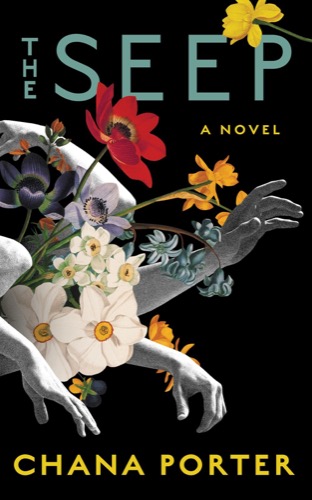
Imagine a dystopia where you’re free to do anything your heart desires! Doesn’t seem very Orwellian, does it? Keep reading Chana Porter’s The Seep and the grim reality will seep its way in soon. After the world is overtaken by a “benevolent” alien force that calls itself “The Seep”, the eldritch entity decides to use its cosmic horror powers for good and elevate humanity into a new golden age. Using technology controlled by their Lovecraftian benefactor, humans are able to spend their time doing, well, anything they want. And I mean anything, including starting life over as baby in a state of infant bliss. That’s exactly what Trisha’s ex-wife Deeba did, used Seep tech to revert back her months old-self, leaving Trisha alone and brokenhearted. It’s a whacky, weird, make-you-think sort of novel about how even in paradise, tragedy can still happen. Et En Arcadia Ego, am I right?
Children of Time
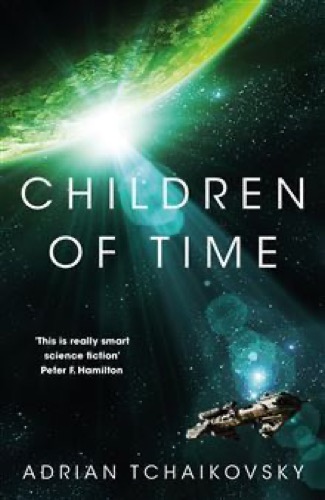
Children of Time by Adrian Tchaikovsky is about a civilization with a lot of time on its hands – considering every citizen has eight of them. After a rag-tag group of human colonists land on a distant planet meant to serve as humanity’s last hope, they are shocked to discover that new tenants have already taken up residence: spiders! Due to a terraforming attempt gone horribly wrong, this planet’s primates died out, and spiders evolved to be the most intelligent life-forms. Humanity, unsurprisingly, is given the ick, and attempts to take the planet back from its arachnid custodians. In doing so, they prove themselves to be the evil alien invaders, and the spider people? They’re actually really nice – their thoraxes aren’t just full of silk, but the milk of spider kindness. Sorry, that was gross.
Never Let Me Go
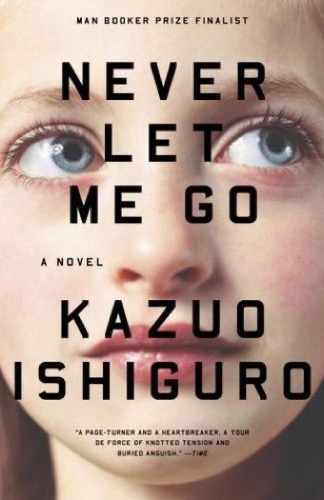
Never Let Me Go by Kazuo Ishiguro is the story of a woman who comes to a conclusion that many adults do when reflecting on childhood: school is weird. You’re a little kid suddenly under the care of random adults who aren’t your parents, forced to spend eight hours a day learning useless things like how the mitochondria is the powerhouse of the cell. While reflecting on her time at Hailsham, a strange boarding school where teachers are known as “guardians” and artistic creativity is a key virtue, Kathy H begins to puzzle together the dark realities beneath the seemingly benign institution. I can’t give you an answer as to what those dark realities are without giving massive spoilers, but I’ll give you a hint, these students have a lot more in common than most – at a fundamental level.
The Vanished Birds
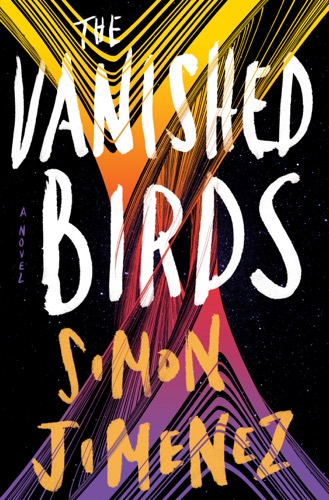
The Vanished Birds by Simon Jimenez is a tale about a woman who has all the time in the universe to read sci-fi series, but no one to talk about them with. A spaceship captain, Nia Imani spends her days gallivanting from star to star for work – rendered utterly alone by the all-killing effects of time dilation. When she leaves a friend, a lover, a family member behind on a planet, it’ll be the last time she sees them. By the time she comes out of interstellar travel, time dilation has rendered her loved one’s bones to dust. Everything changes when she meets a young boy who crawled out of the wreck of a spaceship, a boy possesses the uncanny ability to vault across spacetime without a moment passing. It’s a tender space opera about isolation and belonging – and sticking it to interstellar corporations who profit off of human loneliness for good measure.
Have a tip we should know? [email protected]







